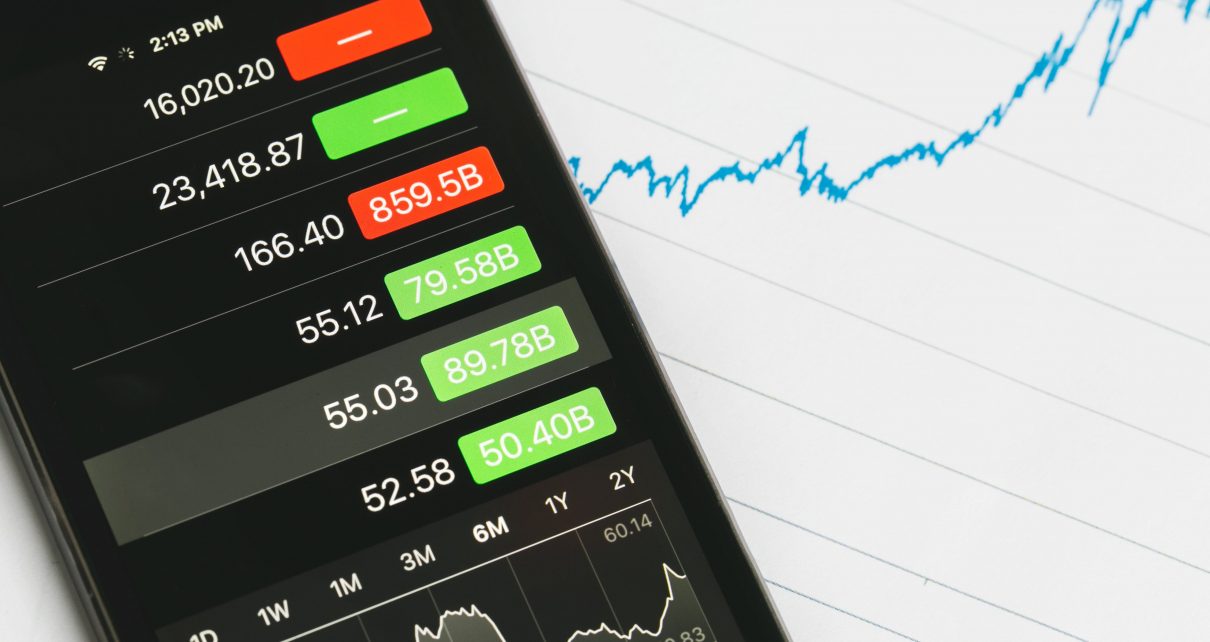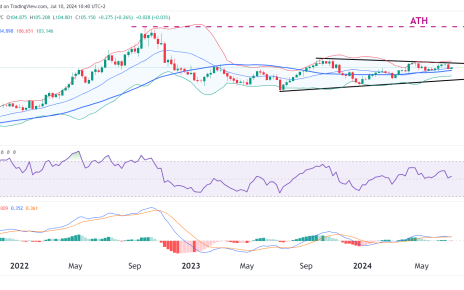The formulation of EU policy among other things depends on the well-timed discovery of long-term global trends. Tactical thoughtfulness is vital for driving EU domestic policies and to offer coherence and uniformity to the European Union’s external action. This brings together common institutions and individual states. This article shows an overview of the strength, weaknesses, opportunities, and threats (SWOT) analysis of the European futures market.

Strengths
The main contributor to the recent rise in individual share price is earnings with Swedish retailer H&M making a jump of 6% after whipping past the analyst projection for the third quarter. French-Italian chipmaker STMicro made a gain of 7% after recording optimistic outcomes. This equally saw the German competitor, Infineon making a gain of 7.5%.
The pan-European Stoxx 600 closed 0.2% above expectations. Retail stocks equally saw a 2.4% rise, whereas oil and gas stocks fell by 1.7%.
In Europe, the market trend follows that of the US with a rise in the prices of the stock as investors gear up for the fourth quarter with anticipations of fiscal stimulus.
European shares move up on Monday, replicating gains in Asia that were driven by optimism over a rally in China’s economy, whereas investors continue to keep an eye over a possible local escalation of cases of coronavirus infection.
The pan-European STOXX 600 moved up 0.3% at 0702 GMT, with telecom and auto stocks making the most gains.
The benchmark index closed Friday with two-week concurrent gains on stakes of an extra fiscal stimulus from the U.S. fiscal stimulus and the rising anticipations about the possible victory by the Democratic party during the U.S. presidential election
European stocks posted a second consecutive week of gains on Friday as bumper forecasts from Denmark’s Pandora and Novo Nordisk set a brighter tone for the earnings season, while investors kept an eye out for signs of fresh U.S. stimulus.
Weakness
The share of Bayer fell beyond 10% after the German pharmaceutical giant made a pronouncement of its plan to cut additional cost and weakening charges. This means a down revision of its guidance.
STOXX 600 listed companies recorded a fall of 38% during the third quarter and a fall of 22.7% in the present quarter, due to the aftermath of the coronavirus pandemic.
Nonetheless, the jump on Monday got to a peak as a result of records of fresh COVID-19 episodes which triggered further lockdowns measures. The Prime Minister of the UK, Boris Johnson is anticipated to make a pronouncement of fresh lockdown measures on Monday, whereas Italy is making preparations for new countrywide restrictions.
London’s FTSE 100 declined by 0.2%, whereas Euronext ENX.PA recorded a fall of 4.4% after reaching the last week’s peak. German chemicals group BASF BASFn.DE dropped by 3.8% because it lowered its outlook after being substantially written off in the third quarter.
The economic downturn is partially due to the decline in steel production and partly due to the effect of the COVID-19 pandemic. Data illustrate that Steel started recording a fall since the autumn of 2018.
The production rates of automobiles started dwindling and since the fall, the auto manufacturing industry hasn’t revived production to the level where it was before the emissions testing scandal.
Construction industry demand which has been a boost for the steel industry in 2020 is potentially going to fall by 2021.

The drop in German steel production during the first cycle of the COVID-19 Crisis was worse than what occurred during the 2008-09 financial crises. It is going to take a while for the industry to recover compared to the financial crisis and this could potentially lead to a 4% employees’ layoff in 2021.
The German steel industry risks structural overcapacity because the drive for the manufacture of an electric vehicle would potentially result in out-of-state vehicle manufacture.
Opportunities
There is a growing anticipation among analysts that crude steel production will reach 37.5 million mt (+ 11%) by 2021.
The September figure for PMI (purchasing managers’ index) of the EU manufacturing industry meets anticipation and equals 53.7 as the previous forecast shows. This is a sign of continual recovery for the bloc’s factory activity.
Global equities rise this week because of rising anticipations of the potential of the Democratic party winning the U.S. elections in November.
In the EU, a series of mergers and acquisitions and a rally of the down-beaten sectors like travel & leisure. SXTP, banks. SX7E and oil & gas. SXEP resulted in upbeat regional markets.
If strict lockdowns are sidestepped, equities are potentially going to keep making progress behind the loose fiscal policy and global stimulus packages.
Threats
Anticipation for an additional stimulus package from the U.S. stimulus boosted UK stock markets over the past two weeks, but analysts have issued warnings that trading may become more volatile due to the threat posed by new waves of business restrictions to national recovery.

The UK’s Prime Minister, Johnson set out a three-tiered system of local lockdown procedures in England which would affect pubs and bars in some high-risk locations.
This resulted in a fall of 5.3% and 9.3 %for restaurant owners Marston’s Plc and Restaurant Group Plc.
The FTSE banking index fell by 0.4% in anticipation of the negative interest rates following the pronouncement made by the Bank of England policymaker Jonathan Haskel. The German steel production showed a 15 % fall in 2020 compared to 2019 and this trend is unlikely to reverse in 2021.



